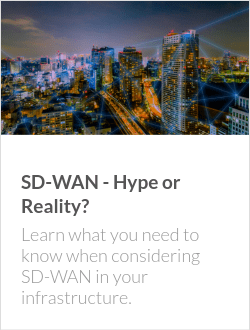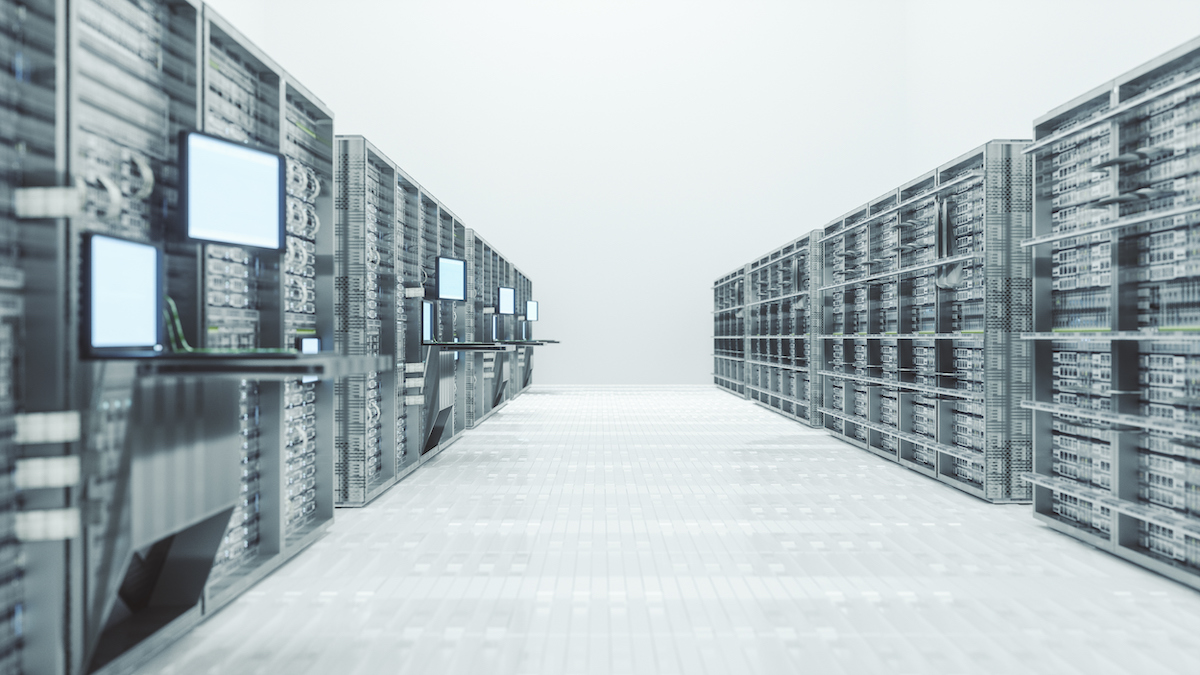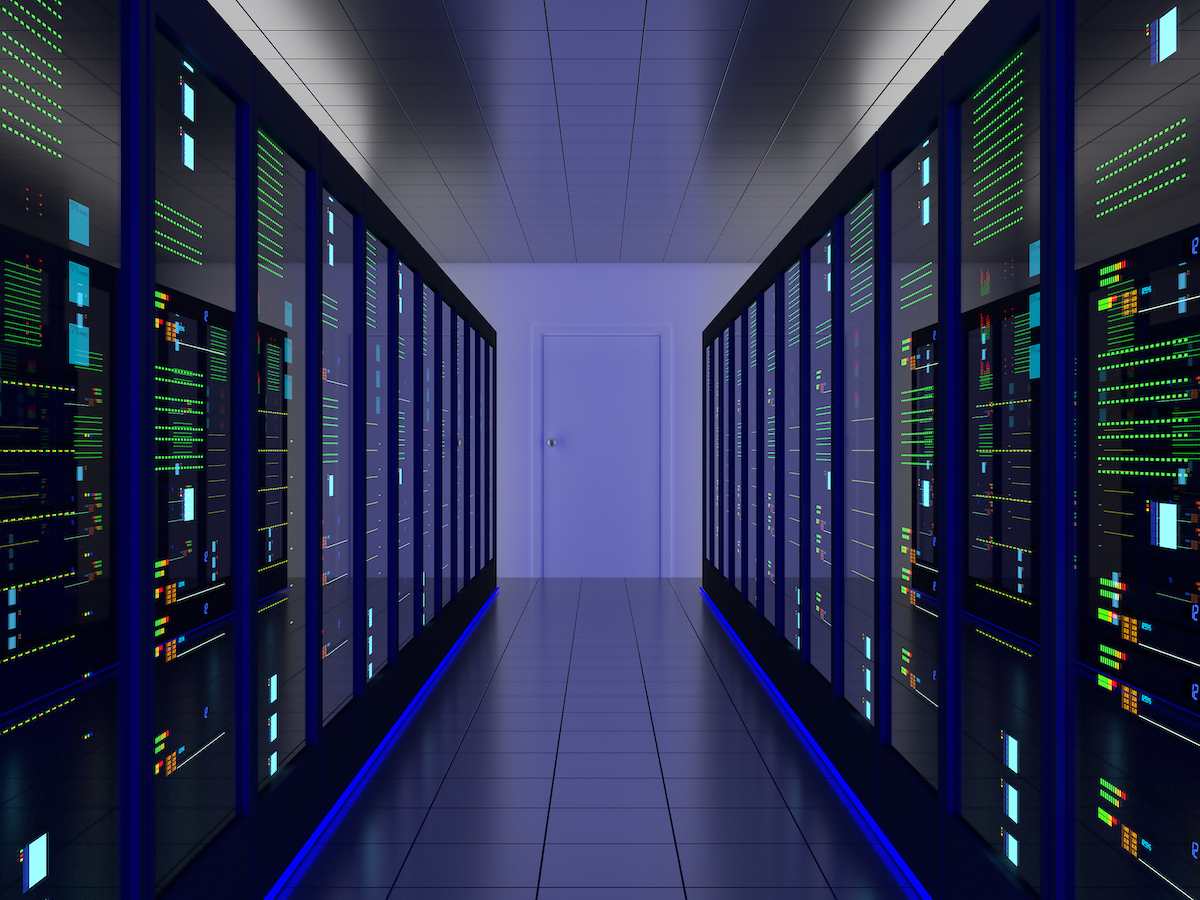Understanding Software-Defined WAN

Bandwidth needs are skyrocketing. To meet the growing demand, there is a transition underfoot to move away from traditional the wide area network (WAN) to the software-defined wide area network (SD-WAN). According to IDC, SD-WAN technology is projected to exceed $6 billion in revenue by 2020. SD-WAN promises great change, and adoption is gaining traction, but understanding how you can deploy it to benefit your organization is still evolving for many organizations.
Software-Defined WAN Explained
Using virtualization and network overlays to deliver better connectivity, reduce complexity and lower overall costs, SD-WAN is an alternative approach to designing and deploying enterprise WANs. In a traditional WAN, local and corporate networks are connected via proprietary hardware or fixed circuits. SD-WAN moves that network into the cloud, using a software approach, adopting a more application-centric model rather than relying on the traditional hop-by-hop routing.
The goal is to simplify the WAN setup so that an administrator only needs to plug in a cable for the appliance to contact the central controller and receive the configuration. The aim is to eliminate dependency on private WAN technologies like MPLS, which are notorious for long provisioning times and expensive contracts.
There is a growing interest in SD-WAN as users increasingly access applications via the cloud, diminishing reliance of dedicated pipes to on-premises data centers. Even with its rising popularity, many larger enterprises are still reluctant to fully adopt the solution and are expected to deploy a hybrid WAN architecture.
While SD-WAN is still evolving, it is gaining traction in the marketplace because of these emerging advantages:
- Improved Performance
The latest SD-WAN technologies leverage end-to-end network visibility and feedback to improve transmission efficiency with minimal lag time. SD-WANs can identify the quickest path from source to destination in real time and re-route packets accordingly. Routing decisions are made based on data, such as latency and applied QoS policies. - Hard and Soft Cost Savings
In a traditional WAN, hard costs often include the hardware, such as the routers. SD-WAN runs in the cloud and relies significantly less on physical hardware. SD-WAN also reduces soft costs by cutting down on the number of engineer hours required by easing WAN management. - Increased WAN Resilience
SD-WAN increases WAN resilience; it proportionately aggregates capacity, making the bandwidth available to all applications. It’s also able to split traffic for a single application across multiple paths for improved throughput. This assures optimal packet delivery with multipathing and error correction.
Is SD-WAN Right for You?
SD-WAN’s most vital benefit is that its architecture is better suited for the demands of mobile and real-time applications, and most importantly, it’s often better at meeting the demands of the cloud. However, while SD-WAN can reduce the cost and complexity associated with the traditional WAN, enterprise IT departments will need to decide whether SD-WAN is an investment worth pursuing based on a variety of factors including:
- Is your organization spending increasingly more time and overhead on connectivity on a consistent basis?
- Is your WAN providing the desired resilience for anytime, anyplace computing?
- Are you experiencing difficulty getting good performance on demanding applications with your existing WAN?
- Is your WAN able to serve the needs of divergent applications from a performance, compliance and security standpoint?
If you answered in the affirmative to most or all of the above questions, then maybe it’s time to consider SD-WAN. If you are unsure if SD-WAN is the right fit for your organization, read our SD-WAN hype or reality eBook to gain more information.
Additional Resources:




